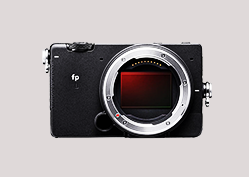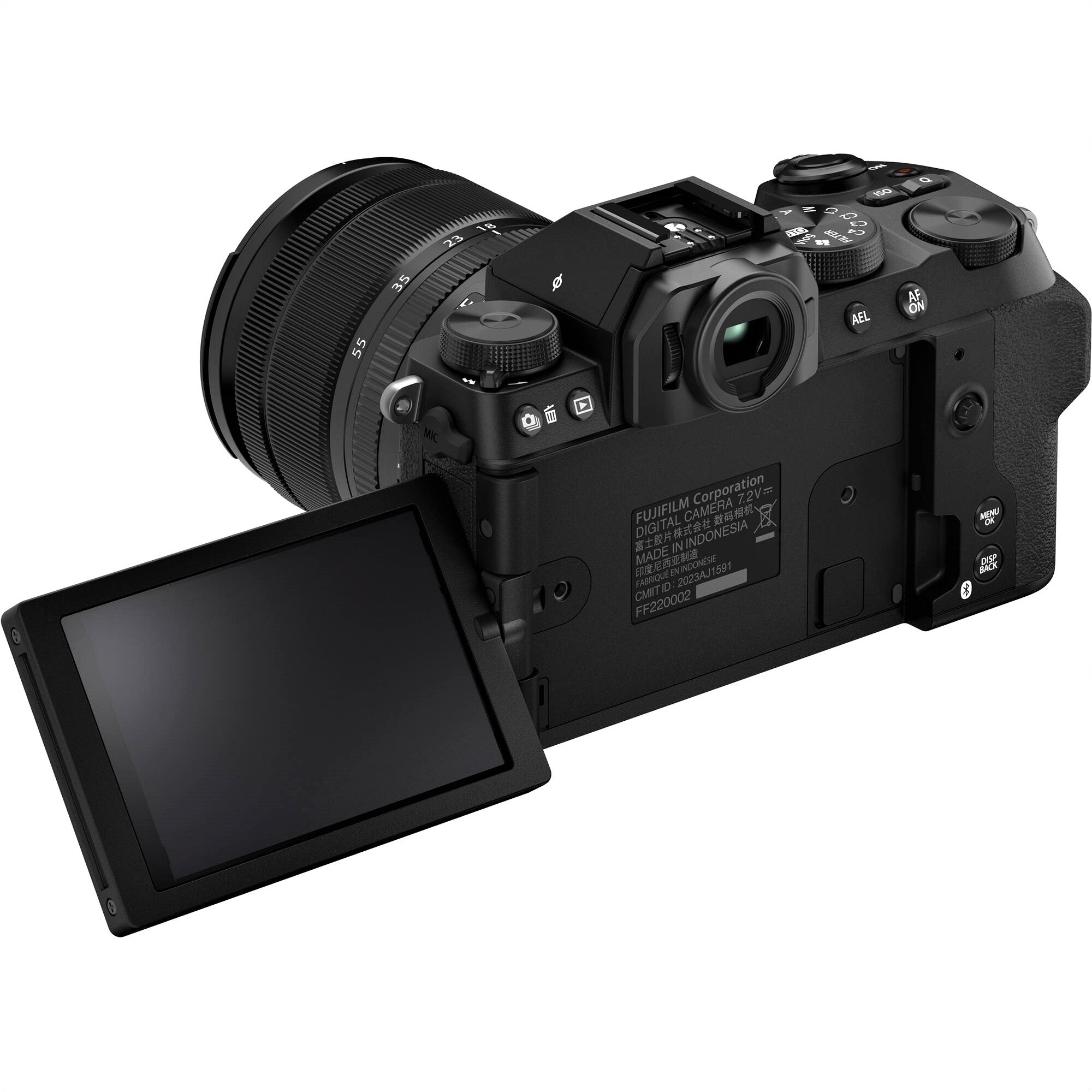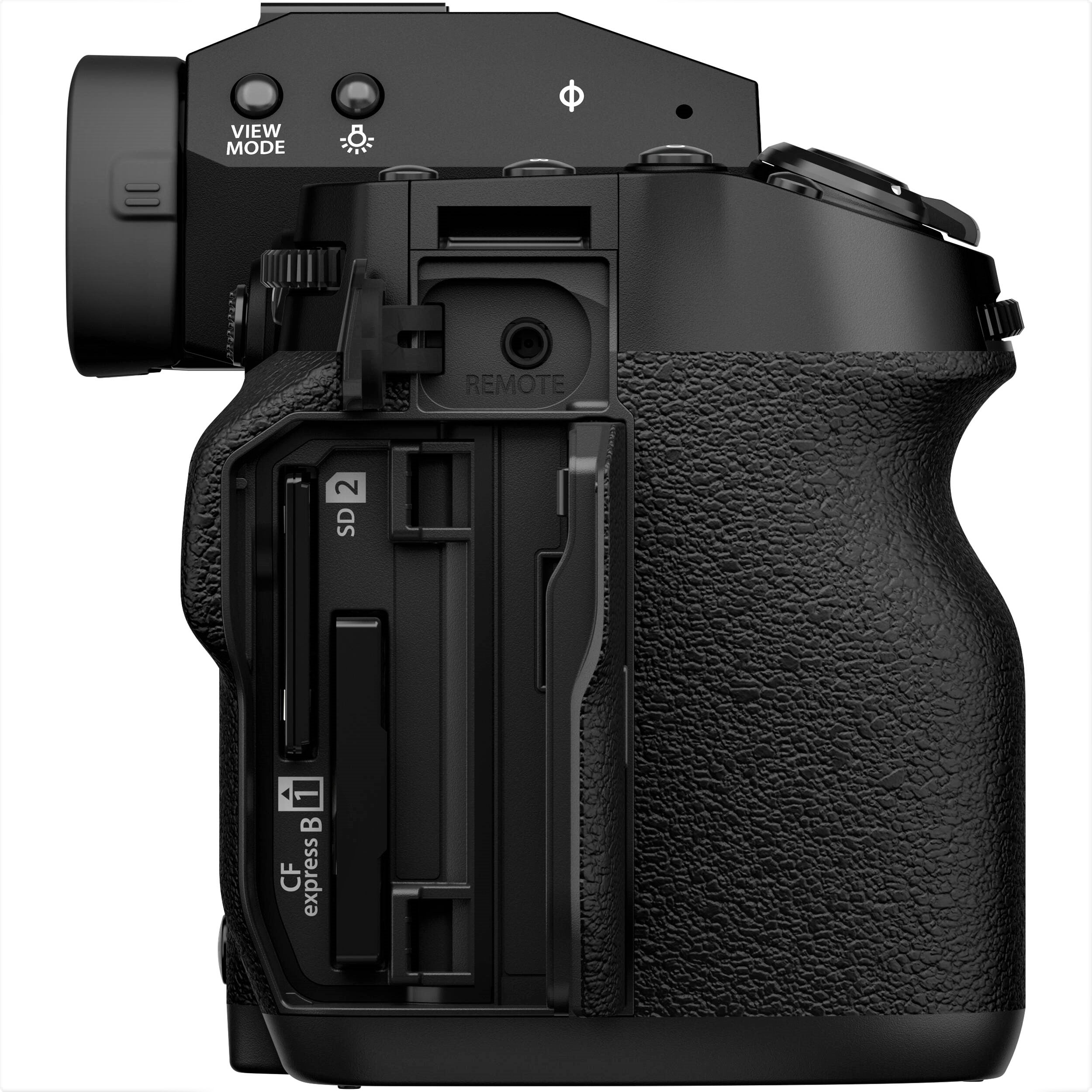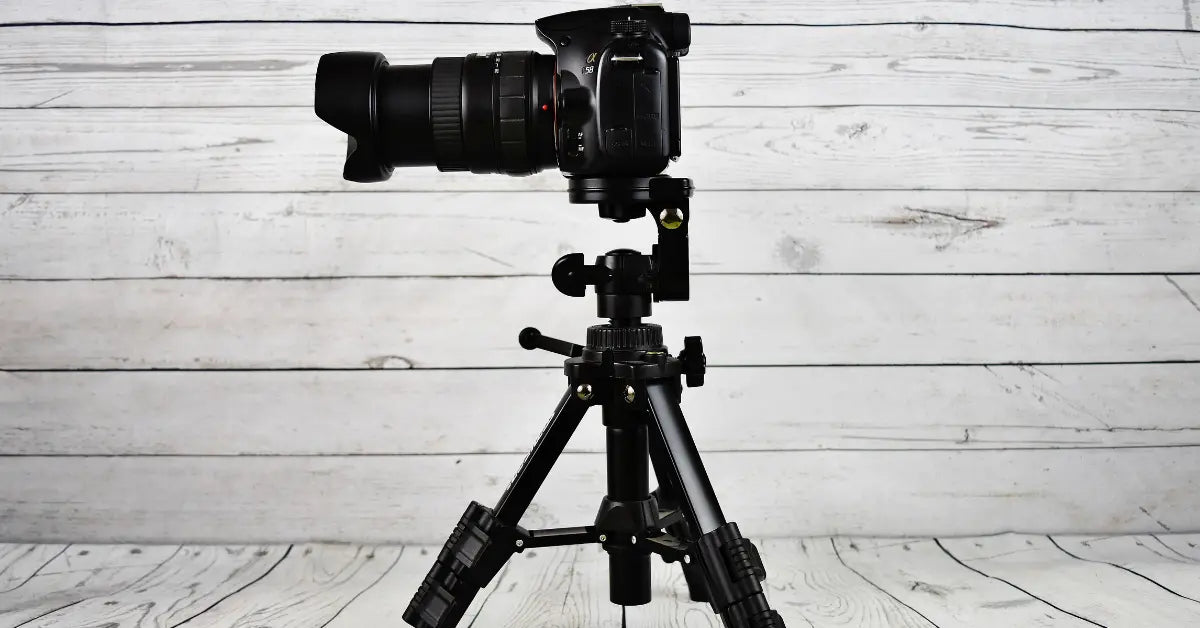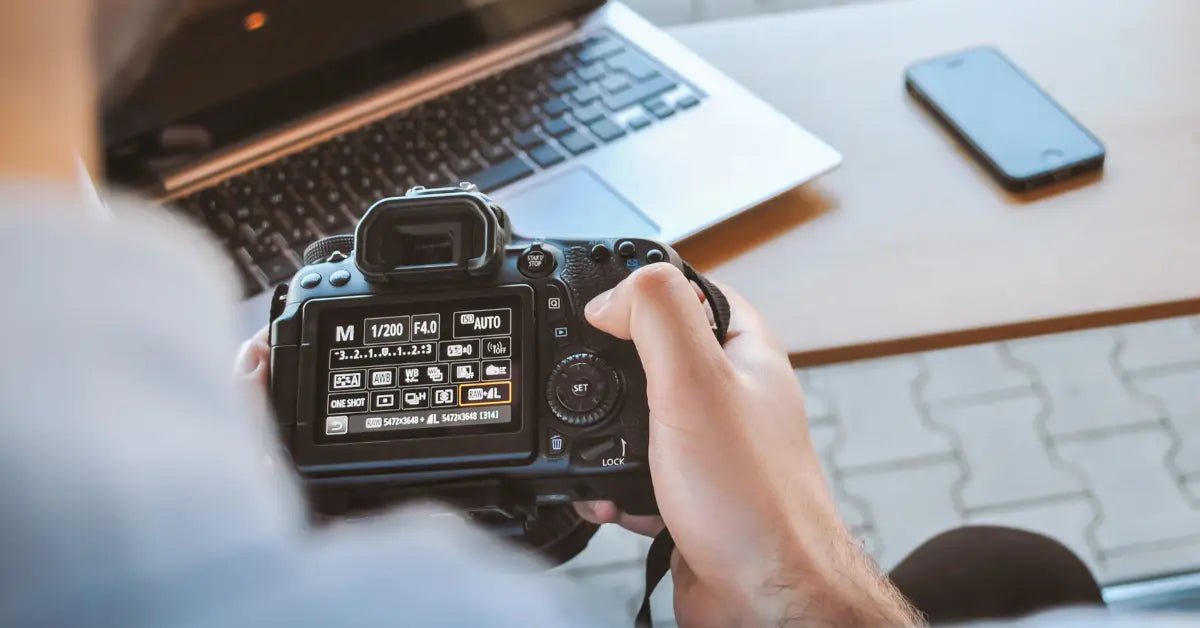Have you ever been captivated by a stunning video and wondered, "How did they do that?" Videography is more than just pressing record; it's an art that tells stories, captures moments, and expresses emotions beyond words.
Blockbuster epics and wedding films alike, videography enriches our lives in endless ways. But did you know? There are many styles of videography, each designed for a distinct purpose.
In this blog, we're going to take a deep look into videography. We'll discuss its various types and see how each one brings something unique to the table.
Whether you're an aspiring videographer aiming to leave your mark, a business owner eager to create engaging content, or simply a video enthusiast curious about the behind-the-scenes, understanding different videography styles will deepen your appreciation for this incredible art form.
So, let's jump in and look what makes videography such a dynamic and versatile medium.
Types of Videography
Corporate Videography

Corporate videography isn't just video making; it's an art that captures a company's core identity and purpose through vibrant visual stories. It helps firms showcase their narratives, whether it's detailing a new product's features or capturing the energy of events like conferences.
Making these videos goes beyond filming; it involves creating content that echoes a firm's objectives. For example, promotional videos don't just show off a product. They pull viewers in by showing how the product fits into daily life, highlighting its advantages over others. These videos aim to attract and convert viewers by showing how the product improves their efficiency, whether at work or home.
Training videos simplify complex processes into clear, easy-to-follow clips. They play a key role in training staff, ensuring they apply new skills accurately, boosting workplace efficiency.
Corporate videos must resonate with their audience while aligning with the company's branding and values. Every video should adapt in tone, style, and structure to strengthen the brand's identity and market stance, blending advanced filming techniques with strategic branding insights.
Moreover, these videos are crucial for marketing, serving both as tools to attract new customers and as ways to keep teams updated and united. They stand out by delivering clear messages, promoting the company's values, and building an emotional link with viewers.
In short, corporate videography is more than just content creation; it's about creating engaging visual narratives that represent a brand’s ethos, proving essential for any competitive business. Through meticulous planning and creative delivery, corporate videos greatly enhance a brand's visibility and impact in the market.
Example:
Event Videography

Event videography isn't just about filming; it captures the essence of live moments. It spans various events—from weddings to concerts, conferences, and sports.
The goal? To catch those fleeting moments, creating a visual keepsake. For those absent, the videos offer a vivid, immersive link to the event.
Videographers need a broad skill set. They adeptly handle unpredictable scenes and candid moments, crucial to capturing an event’s spirit. They also manage lighting—from dim, romantic settings to brightly lit concerts.
Flexibility is key. Videographers must adapt quickly to capture every crucial, spontaneous moment with creativity.
Consider a wedding. The videographer documents everything: the tears, the laughter, the quiet moments, and the lively dances. At a concert, they capture the band, the crowd’s energy, and the overall atmosphere.
Ultimately, event videography is storytelling. Videographers create a narrative that makes viewers feel they’re at the heart of the event, turning simple footage into expressive, impactful storytelling.
Example:
Documentary Videography

Documentary videography distills raw, everyday moments into engaging stories that resonate on a personal and societal level. It's not just about filming; it’s an exploration that turns the lens on human experiences, nature, and societal issues. This genre often shines a light on hidden stories, pushing them into the public eye.
The process starts long before the camera rolls. In pre-production, thorough research lays the groundwork for the narrative. It's a deep look into history, current events, and diverse perspectives. This phase sets the stage for authentic, informed storytelling.
Interviews are key. They bring authenticity and a personal touch, letting viewers feel connected to the subject matter. It’s about more than questions; it’s listening, understanding, and conveying real emotions to a broad audience.
The art of documentary filmmaking lies in weaving visuals and sound into a captivating narrative. Effective editing controls the rhythm of the story, enhancing engagement through strategic cuts, transitions, and pacing. Every element must advance the narrative, whether it’s to build suspense, offer relief, or deepen understanding.
Take a climate change documentary. It wouldn’t just show rising sea levels but would also portray the human and ecological cost. Interviews, compelling visuals, and a poignant soundtrack aim to evoke strong emotional and intellectual responses, urging awareness and action.
Documentary videographers carry a hefty responsibility. They simplify complex realities through their artistic and journalistic efforts, ensuring their creations are captivating, ethical, and accurate. Their work is a balance of vision and integrity, making documentaries a crucial educational and change-making tool.
Example:
Commercial Videography

Commercial videography is more than just making videos. It creates the eye-catching ads we see on TV and online. At its heart, it combines marketing smarts and creative skills to boost awareness of products, services, or brands.
Making a great ad involves understanding marketing and consumer psychology. Videographers have to be innovative, constantly finding new ways to tell stories and connect with different people.
They use everything from powerful stories and stunning visuals to catchy jingles to make content that grabs attention and encourages action.
Think about looking at your social media feed. A great ad can make you stop scrolling and watch. This doesn't just happen. It's the result of careful planning and creative work. Commercial videographers are good at drawing people in. They mix art with marketing strategy to make sure the message not only gets noticed but also sticks with you.
This work demands attention to detail and knowing the latest in digital marketing. Commercial videographers stay updated on what consumers like and new technology.
They keep improving their skills to make messages that don't just blend in but also leave a lasting impression.
Example:
Real Estate Videography

Real estate videography is more than just showing off property. It’s a creative process that turns everyday locations into dream homes. The main goal is to show properties in a way that highlights their design and lifestyle appeal. This kind of visual storytelling gives viewers a real feel for the place without them having to be there.
These videos do more than just sit on listing sites. They're key for marketing, can go viral on social media, and make for compelling virtual tours. They expand the property’s reach and appeal by showcasing it on multiple platforms.
Creating a high quality real estate video requires careful planning and specific skills. Good lighting is key. That's why many shoots happen during the golden hour, which casts a warm, inviting light that really brings out the beauty of a place. Drones have changed the game too, offering sweeping aerial shots that show off the property’s layout and location in a way you just can’t get from the ground.
Walk-through videos are also important. They let people experience the property as if they were walking through it, showing off how the space flows from room to room. This can make viewers feel like they’re already home, boosting the video’s emotional draw.
In the end, real estate videography isn’t just about showing spaces; it’s about selling a lifestyle. Top videographers use film-like techniques and storytelling to make properties memorable and to inspire viewers to imagine their lives in a new place. It’s this mix of technical skill and creative storytelling that makes these videos stand out.
Example:
Travel Videography

Travel videography captures the world’s essence. It's more than pretty scenes; it's a peek into diverse cultures and hidden gems. Videos tell a story, making viewers feel they're exploring the world alongside the videographer. They show more than landscapes; they evoke feelings and spark curiosity.
Tourism boards use these videos to show off their destinations. They give potential travelers a taste of what’s to come. For creators, it’s a chance to connect with viewers, sharing personal travel tales and inspiring wanderlust.
As a travel videographer, you do more than film. You explore and tell stories. You aim to catch the spirit of places—their people, traditions, and daily life. Your work transports viewers, making them feel part of the adventure, whether it’s Tokyo’s lively streets, Bali’s serene beaches, or Rome’s classic beauty.
This mix of narrative, culture, and art isn’t just entertainment; it’s a window to the world. It shows the diversity and beauty of the planet, bridging gaps and expanding horizons.
Example:
Music Videography

Music videography isn't just about filming songs; it brings tracks to life visually. This job is complex, involving more than just recording live gigs or set scenes. It's about translating a tune into a visual spectacle that enriches the music itself. A music video does more than play in the background; it tells a story, stirs feelings, and leaves an impact.
Here's how it works: a music videographer needs a good rhythm sense to sync visuals with the beats. They're like translators, turning sound into visuals that tell stories. They start by diving deep into the song, letting its beat and words spark ideas for visuals and themes.
It's also about teamwork. Videographers work closely with musicians and directors, brainstorming and refining ideas together. In pre-production, they sketch out storyboards, pick locations, and plan the tech needed to realize their vision.
On shoot day, they direct the action, manage the team, handle lights, and pick camera angles to best capture the performance. Then, in post-production, they edit to match the music's pace, add effects for flair, and adjust colors to set the mood.
The goal? To make a video that not only shows a song but gives it a new angle, deepening the connection between the listener and the music. This detailed effort lets videographers show off their skills and add a rich artistic layer to the music, enhancing the audience's experience.
Example:
Sports Videography

Sports videography captures the thrill of sports, transforming it into compelling stories. It's more than just recording—it brings the unpredictability, energy, and emotion of sports to life.
Videographers work like athletes, ready to capture moments with fast reflexes and deep sports knowledge. They know where action might erupt next, helping them get shots like a game-winning goal or a record sprint.
But it’s not all about highlights. Videography also helps in team promotions and engaging fans. It turns simple game footage into cinematic experiences, making viewers feel like they're part of the action.
Videographers do more than just film; they enhance the viewing experience, combining technical skills and artistic storytelling to create captivating sports broadcasts.
Example:
Conclusions
Videography is a multifaceted field with a wide range of applications and styles. Whether you're capturing the elegance of a wedding, the thrill of a sports event, or the charm of a travel destination, each type of videography requires its own set of skills and techniques.
By understanding the different types of videography, you can better appreciate the art form and perhaps even find your niche within it.
In today's digital age, video content is more important than ever, and mastering the various types of videography can open up numerous opportunities.
So, whether you're looking to start a career in videography, improve your existing skills, or simply gain a deeper appreciation for this craft, we hope this guide has provided valuable insights.
If you're ready to dive into the world of videography, consider enrolling in a course, investing in quality equipment, and most importantly, practicing your craft. The possibilities are endless, and the stories waiting to be told are infinite.
Ready to start your videography journey?
Visit Nuzira and join our Discord channel to follow our blog for more tips, tutorials, and inspiration to help you become a master of the lens. Happy filming!

